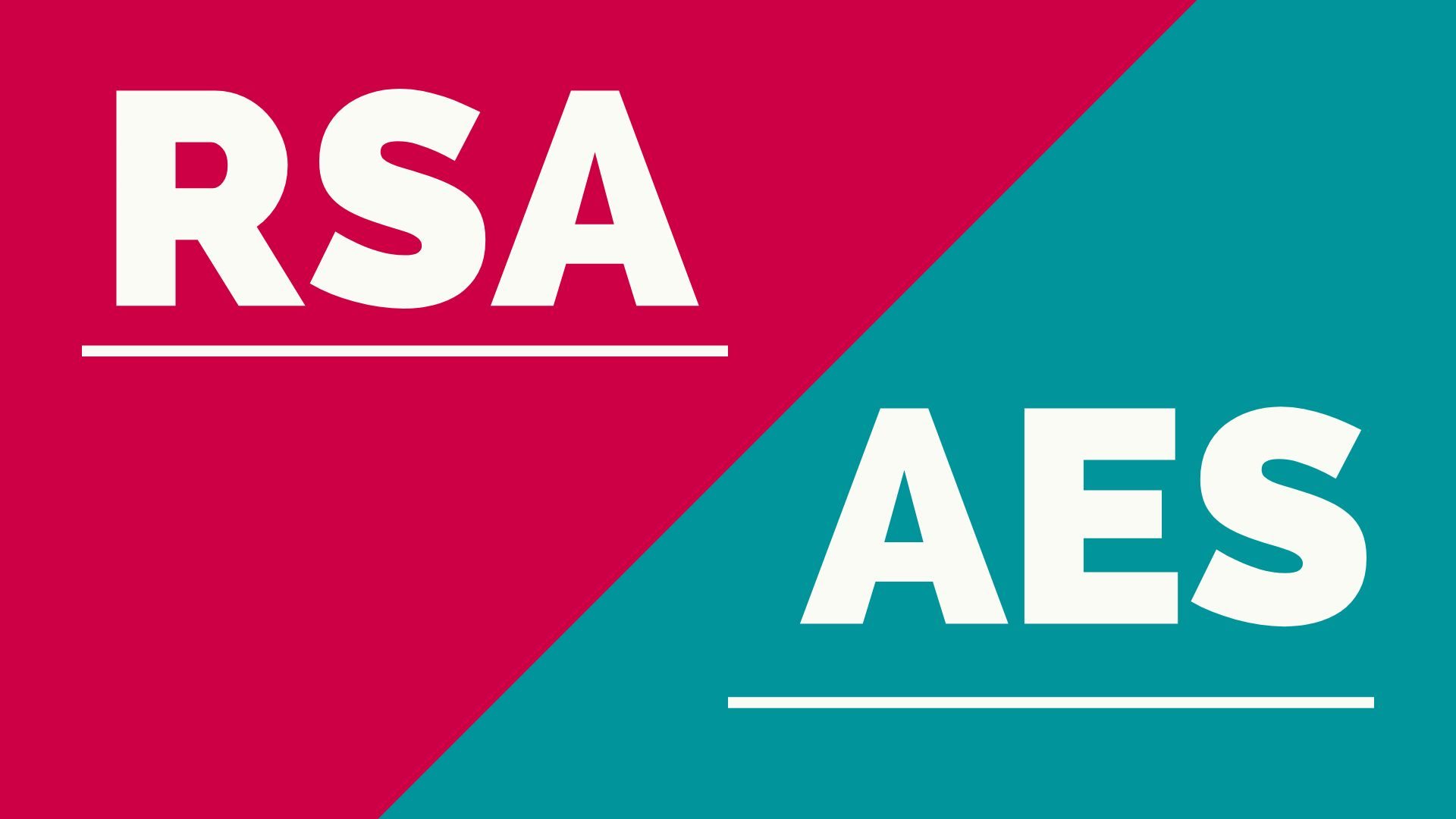In cryptography, encryption keys play an extremely pivotal role. Simply put, an encryption key is a piece of information that controls the cipher’s ability to encrypt and decrypt messages. This key acts much like a lock and key mechanism to ensure that only those with the correct key can access the encrypted data.
Encryption algorithms, the mathematical rules that dictate how data is transformed, rely heavily on these keys. The strength and complexity of a key are important in securing information. However, a common misconception exists around the comparison of key lengths across different encryption standards, such as RSA and AES.
Many believe that the sheer number of bits in a key directly correlates to its security level. This belief leads some to assume that RSA’s 2048-bit key is inherently stronger than AES’s 256-bit key. However, this comparison overlooks the fundamental differences in how these encryption algorithms operate and their respective vulnerabilities. RSA, a public-key cryptography algorithm, and AES, a symmetric-key algorithm, use their bits differently, serving distinct security needs.
Understanding the differences between these encryption methods is essential. It explains why a direct comparison of key lengths can be misleading. Our aim is to navigate these complexities together, providing clear and sensible insights into the security level associated with the key size.
In this article, we’ll focus on illustrating how AES 256-bit encryption achieves security equivalence to RSA 15360-bit.
RSA 15360-bit
RSA was named after its creators Rivest, Shamir, and Adleman. It’s a public-key cryptography algorithm, distinct for using two keys; one public, for encryption, and one private, for decryption. This dual-key mechanism facilitates secure data transmission, even over insecure channels, making RSA an invaluable cryptosystem.
Primarily, RSA solves the challenge of secure data exchange and digital signatures. Its widespread use in securing web traffic, email encryption, and verifying digital signatures. By enabling entities to share public keys openly while keeping private keys secret, RSA ensures that information can be securely sent and authenticated. Some terms need to be clarified before we proceed. Note that we will use extremely small numbers for sake of clarity and understanding:
Prime Numbers (p, q): Two large prime numbers that are used in the generation of the RSA keys. Their product is used as the modulus (n).
Note that a prime number is a natural number greater than 1 that has no positive divisors other than 1 and itself. For example, 5 is a prime number because its only divisors are 1 and 5.
Product (n): also known as Modulus (n), the multiplication result of two prime numbers. n = p x q.
It serves as a key size setting for the encryption and decryption processes. For example, if p = 11 and q = 13, then the modulus n = p * q = 143. This n is fundamental in defining the encryption space.
Factorization: the process of breaking down a number into a set of other numbers that multiply together to produce the original number. For example, the factorization of 15 is 3 and 5, because 3 × 5 = 15.
In RSA, the security relies on the difficulty of factorizing a large number, like n, into its prime factors p and q, where n = p × q.
Factorization is a method used by attackers in the context of RSA encryption to break the encryption by analyzing the modulus n into its original prime factors, p and q. This will allow attackers to determine the private key through totient φ(n) calculations and start decrypting messages.
A common inquiry surrounds RSA’s need for lengthy keys to match the security level of AES 256-bit. The answer lies in the algorithmic foundation of RSA. RSA’s security is rooted in the computational difficulty of factoring large prime numbers, a task that becomes exponentially harder with longer keys. As computing power advances, RSA key lengths have increased to counteract potential vulnerabilities.
RSA encryption’s security hinges on the challenge of factoring a product of two large prime numbers into its original components. As computational power increases, cracking smaller keys becomes easier, necessitating longer RSA keys for enhanced security. For instance, transitioning from a 1024-bit to a 2048-bit RSA key significantly raises the difficulty of deciphering the encryption without the correct key, keeping pace with technological advancements. This approach ensures that RSA remains a strong defense against unauthorized decryption efforts.
Attacks on RSA primarily involve mathematical analysis, not brute force as is the case with symmetric cryptography like AES.
AES 256-Bit
AES, or Advanced Encryption Standard, is a symmetric-key algorithm, meaning the same key is used for both encrypting and decrypting data. This streamlined approach makes AES incredibly efficient for a variety of applications, from securing online transactions to encrypting sensitive information stored on digital devices.
It provides keys of different lengths: 128, 192, and 256 bits. The 256-bit variant, in particular, is celebrated for its strong defensive capabilities against attacks, including brute force attempts. AES’s design ensures that each bit increase in the key length exponentially enhances the difficulty of cracking the encryption, making AES 256-bit a formidable choice for securing data.
Let us say both AES and RSA use 256-bit key size. How an attacker can easily crack the RSA key but breaking AES 256-bit is impractical with today’s computing power?
The main difference in security between a 256-bit AES key and a 256-bit RSA key originates from their underlying cryptographic principles. AES, with its symmetric key approach, makes brute-force attacks virtually impossible due to the astronomical number of all possible combinations (2^256). In contrast, RSA’s security, being asymmetric and based on prime factorization, doesn’t scale as linearly with key size, making shorter RSA keys more susceptible to mathematical analysis and factorization techniques. Therefore, to achieve comparable security levels, RSA requires significantly longer keys than AES.
Below is a table showcasing the approximate equivalence in cryptographic strength between AES and RSA key lengths, reflecting their security resilience with current technology.
| AES Key Length | Equivalent RSA Key Length |
|---|---|
| 128 bits | 3072 bits |
| 192 bits | 7680 bits |
| 256 bits | 15360 bits |





